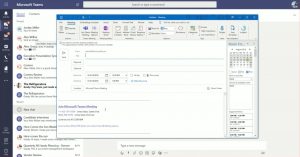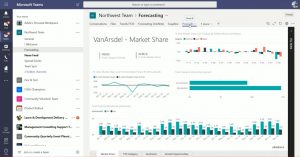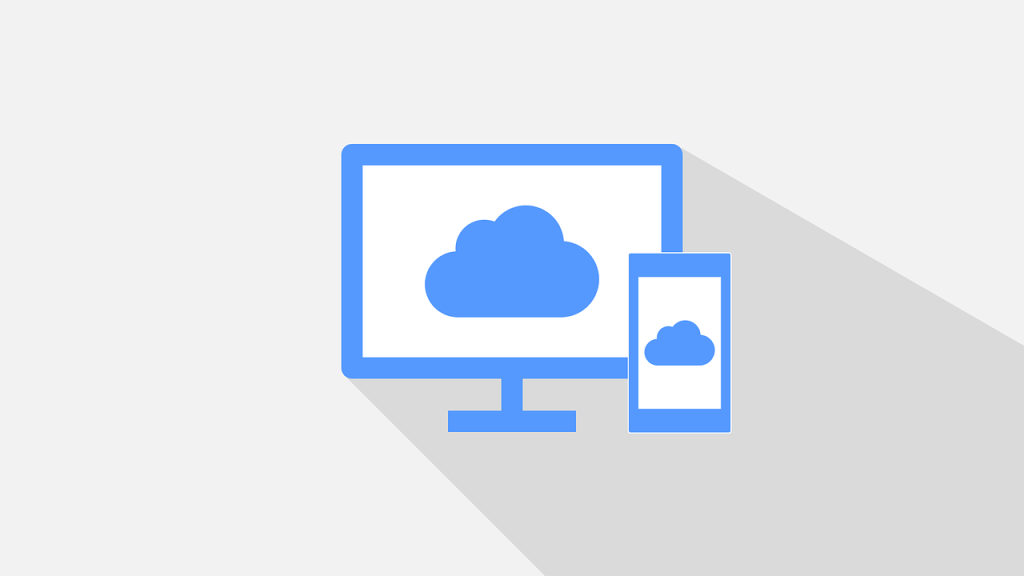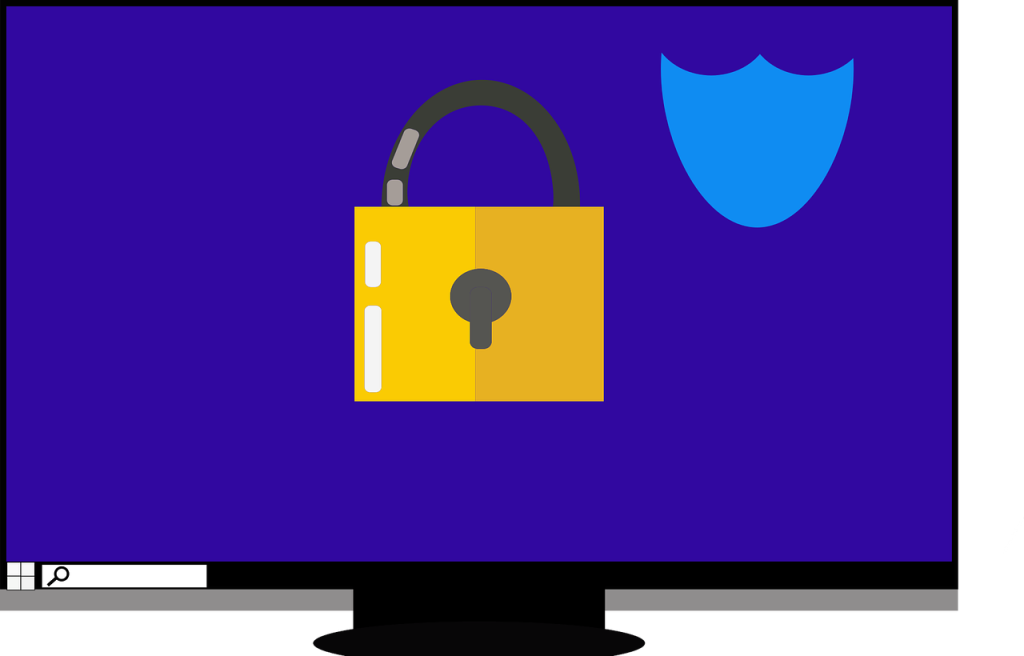This article is for Skype for Business users making their way into Microsoft Teams. It will help you learn about how things work on Teams and where you can find the features you need. Let’s begin with a quick overview of Microsoft Teams and how it looks compared to Skype for Business.
Skype is a robust tool for meaningful communication in our day-to-day work, such as chatting, making calls, hosting and attending meetings, and connecting with contacts.
On the other hand, Microsoft Teams takes all of those capabilities and adds collaboration features such as project and workgroup management while leveraging Office365 and other third-party tools. All your communication, meetings, files, announcements, onboarding, etc., are in one central location. Teams will simplify and streamline your work since you won’t have to have different windows open or navigate between applications.
Chatting and calling with Teams
Like Skype for Business, in Teams, you can see your status, find contacts, start chats, share files with folks, add people to your chat groups, progress those chats to calls or video chats, and set up notifications.
Aside from all those, Teams also lets you add rich-text formatting, memes and Giphys to make communicating fun and build rapport with your teammates. You can see all chat history at a glance or search through past chat messages. You can resume those previous chats at any time, and you can also send messages and attach files even when your recipient is offline.
When it comes to calls, you get the exact features you loved from Skype for Business, such as having a dial pad to dial contacts directly and searching and calling your favourite contacts in your directory. With Teams, you can also look at your calling history for incoming, outgoing or missed calls and access your voicemail and audio transcripts. You get to have all these features and a friendly, clean interface that’s streamlined and easy to use.
Let’s take a closer look at this in Teams: 6:56-31:46.
Meeting with others in Teams
Like Skype for Business, you can schedule meetings via Outlook and Teams and invite internal and external attendees. You can join meetings using multiple clients or devices, which is particularly helpful for attending meetings remotely. You can also share your desktop or apps to make it easier to present. All participants also get to see invitees to the meetings and who’s attending. If you’re the organiser, you can mute people or remove them if they weren’t supposed to be part of the discussion. Another great thing you can do via Teams is recording your meetings for documentation and future reference.
With Teams, you get to have persistent conversations before, during and after the meetings, and all information will be located in one space. A built-in, collaborative meeting note tool allows you and multiple members to take minutes. You can also call attention to folks or action items that people can trackback to using the @mentions. Another handy Teams meetings feature – recordings are automatically uploaded to the cloud instead of having it live on your desktop and then figuring out how you can get it off your local system onto somewhere your members can access it. This cloud is called Microsoft Stream, and all participants get an easy link they can use to access and watch the video. If you’re the organiser or meeting owner, you can also share that link with other members who need it.
Let’s explore how all these are done in Teams: 35:14-43:35.
Managing projects and workgroups in Teams
In Teams and Channels, you can create teams that give visibility to everyone. All Teams can have different conversations or workstreams, and each workstream can share files, meeting information, and meeting notes. We can use various apps such as OneNote, Power BI or Microsoft Planner. There may even be third-party apps that you need to use for your projects which your IT team can set up for you. Centralising all this information is a great way to control document versioning, collaborate on business processes, and have one source of knowledge for everyone. We can also bring in people from different time zones or units to collaborate better.
Your team defines your group and who has access to the members and all the information. The channels are part of the team and explain the different workspaces you occupy to work on specific projects or processes.
Here’s a demo of what it’ll look like on Teams: 46:16-56:15.
Making your Communications Work for You: Chat VS Channels and Teams
Where chat is more of an on-the-fly, one-off conversation, channels and teams are all about visibility and tracking of information that is part of the project.
Anyone can start private or group chats, and only people invited to those chats can see the information shared. In chats, all the data lives in Microsoft 365, specifically on the user’s OneDrive. If you upload the file, it lives in your OneDrive and is then shared with the people in that chat or group. Also, we see chats as something extraordinary for connecting with specific colleagues and building rapport with folks.
On the other hand, channels and teams are more robust and include more people. They have owners who can set policies and hierarchies and provide more back-end management options. Information in Teams is public, which means that if you’re part of a team, you have access to all info there. This is because Teams are the one source of truth for everyone. Shared data is stored on SharePoint, a more robust platform than OneDrive. This is why channels and teams are perfect for streamlining teams or project conversations. It is a place to keep everybody in the know and reduce hallways conversations.
Access Across Devices
Anyone can access Microsoft Teams using any device won’t be a problem. Teams has robust desktop and mobile apps compatible with Mac, PC, and mobile devices. Connecting with somebody who can’t add those apps won’t be a problem either. As long as one has access to the internet, then the person can use Teams web platform using major browsers. This way, we can all connect anytime, anywhere.
Here are additional resources you can refer to:
– Live, online training: https://aka.ms/TeamsLiveTraining
– Self-guided how-to articles: https://support.office.com
– Quick how-to videos: https://aka.ms/TeamsTraining
– Quick Start Guide from Skype for Business for Teams: https://aka.ms/qs
Click here to know more about running effective meetings with Microsoft Teams. To get more help in transitioning to Teams, contact us, and we’ll help your team connect and collaborate in the best way possible.






